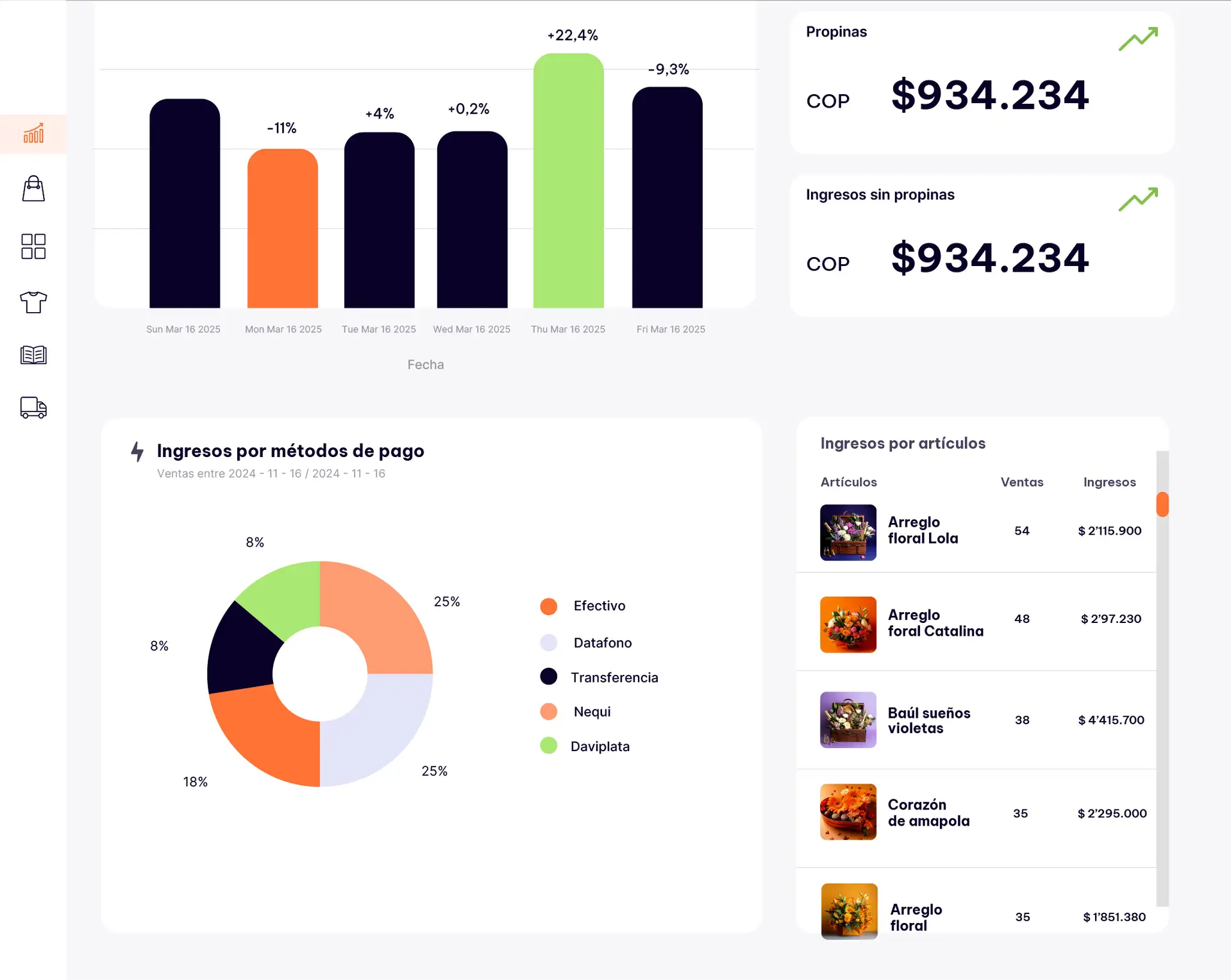Introduction
Handling returns and exchanges can often feel like a headache, especially for new or small retail businesses. You invest time, resources, and passion into every product you offer, and when a customer wants to return or exchange something, it can feel like a personal setback. Yet, this is a critical part of the retail journey that, when managed with skill and empathy, can actually deepen trust and boost loyalty.
The challenge lies in balancing customer satisfaction with business sustainability. You want to be flexible and kind without exposing yourself to abuse or financial strain. This article is designed to help you navigate that balance, providing five clear, actionable strategies that will empower you to manage returns and exchanges like a pro.
Whether you run a physical store, an online shop, or both, you’ll find practical advice and real-world examples to help you build clear policies, communicate effectively, simplify processes, protect your profits, and turn even tricky returns into opportunities to grow your customer base.
No matter how overwhelming returns may seem right now, with the right mindset and tools, you can turn this challenge into a key part of your brand’s success story. Let’s dive in!
1. Create Clear and Fair Return Policies
Creating a clear and fair return policy is the cornerstone of managing returns and exchanges effectively. Without a well-defined policy, both your customers and your team can face confusion, leading to frustration and disputes that could harm your business reputation. For new or small retailers, clarity is especially important because it sets expectations and helps avoid unnecessary conflicts.
Start by establishing a reasonable return window. Most businesses use 30 days, but the ideal period depends on the type of products you sell. For example, perishables might have a shorter window, while apparel often requires a longer period due to sizing issues. Whatever you decide, be consistent.
Next, specify the conditions under which returns are accepted. Common conditions include that items must be unused, in original packaging, and with tags attached. For customized or final sale products, make sure to clearly state if they are non-returnable to avoid misunderstandings.
You should also define what resolutions you offer: refunds, exchanges, or store credits. While offering full refunds builds trust, it might not always be financially feasible, especially for small businesses. Offering exchanges or store credit can help retain revenue while satisfying customers.
Transparency is key. Publish your return policy prominently on your website, include printed copies in shipments, and train your staff to communicate it clearly at the point of sale. Use simple language — avoid jargon or legalese — to make the policy easy to understand.
Regularly revisit your policy based on feedback and operational realities. Is the return window too long or short? Are customers abusing a loophole? Adjust accordingly to balance fairness with business sustainability.
Practical exercise:
Write down your current return policy or draft one if you don’t have it yet. Then, ask three people unfamiliar with your business to read it and explain what they understand. Use their feedback to simplify and clarify your policy. Ensure it covers key points like timing, conditions, and refund options clearly.
2. Communicate Transparently and Empathetically
How you communicate during a return or exchange request can make or break the customer relationship. The process can be emotional — customers might feel frustrated, disappointed, or stressed — and your tone will set the mood for the entire interaction.
Start by practicing active listening. Allow the customer to fully explain their issue without interruption. Validate their feelings by acknowledging the inconvenience or disappointment. Simple empathetic phrases such as “I understand how this could be frustrating” or “I’m sorry this didn’t meet your expectations” go a long way in building rapport.
Next, clearly explain the next steps. Uncertainty causes anxiety, so let them know what to expect: how long the process will take, what they need to do (e.g., repack the item, print a return label), and when they will receive their refund or exchange.
Use positive and friendly language. Avoid defensive or rigid responses that sound like “no” or “you can’t.” For example, instead of “Our policy does not allow returns after 15 days,” say “To be fair to all customers, we accept returns within 15 days, and I’m here to help guide you through that.”
If you have an omnichannel store (both physical and online), tailor communication accordingly: online customers appreciate email updates and tracking, while in-store customers prefer face-to-face kindness and clarity.
Finally, train your team to remain calm and professional during these interactions. Customer service scripts that emphasize empathy and clarity can help maintain consistency and quality in communication.
Practical exercise:
Write down or rehearse three empathetic phrases you can use when handling returns or exchanges. Practice delivering them naturally, either alone or with a colleague, so they feel authentic and reassuring.
3. Streamline the Process for Efficiency
An efficient returns and exchanges process benefits both your customers and your business. A complicated or slow procedure frustrates customers, damages your brand, and creates extra work for your team. Streamlining this process saves time, reduces errors, and keeps customers satisfied.
Begin by mapping the entire return journey from the customer’s initial request to the completion of the refund or exchange. Identify every step and the people involved. This mapping helps you spot unnecessary steps or bottlenecks.
Next, provide simple and accessible return options. For online retailers, a clear return portal with printable labels or pre-paid shipping is ideal. For brick-and-mortar shops, ensure staff know the policy and process well enough to handle returns smoothly on-site.
Set internal deadlines for processing returns — for example, inspect returned items within 48 hours and complete refunds within 5 business days. Communicate these timelines clearly to customers to manage expectations.
Train your staff extensively on handling returns, emphasizing speed, professionalism, and friendliness. Consistent and positive experiences create trust and loyalty.
Where possible, digitize and automate parts of the process: automatic email confirmations, tracking numbers, or software to track returned inventory can reduce manual work and errors.
Finally, gather feedback from customers and staff about the return experience regularly and tweak the process to improve efficiency and satisfaction continuously.
Practical exercise:
Document the current return steps your customers take. Identify two major pain points or delays and brainstorm simple changes to fix them. Implement at least one change and monitor if it shortens the process or improves customer feedback.
4. Manage Financial Impact Strategically
Returns are inevitable but managing their financial impact wisely can protect your bottom line without sacrificing customer satisfaction. Understanding why returns happen and how to mitigate them is crucial for small retailers.
Start by analyzing your return data. Track which products or categories have the highest return rates and the reasons behind them. Common causes include poor product descriptions, sizing issues, or quality problems. Use this insight to improve product information, photos, or supplier quality.
Consider offering alternatives to full refunds. Exchanges or store credits maintain sales revenue and often keep customers engaged with your brand. When appropriate, offer incentives to encourage exchanges instead of refunds.
For returned items in good condition, establish a system to refurbish or repurpose them as discounted clearance or outlet inventory. This reduces loss and attracts budget-conscious buyers.
Review your policy regularly to find the sweet spot between customer-friendly terms and financial sustainability. Being too strict can deter buyers; being too lenient can hurt profits.
Also, factor in shipping costs for returns. Decide if you will absorb these costs or pass them to the customer, balancing customer goodwill and expense control.
Practical exercise:
Pull your sales and returns data for the last three months. Calculate the return rate by category and identify one key reason behind returns. Develop a plan to address that issue, such as improving product photos or updating your policy.
5. Turn Returns into Loyalty Opportunities
While returns might seem like setbacks, handled well, they are golden chances to strengthen customer loyalty. The way you respond to a return request reflects your brand’s values and commitment to customer satisfaction.
Begin by thanking customers for their honesty and trust, showing appreciation that they chose your store even when something went wrong. Personalize your solutions—if possible, go beyond the policy to offer a gesture that makes the customer feel valued.
After the return or exchange is complete, follow up with a message or call to ensure satisfaction. Ask for feedback on how to improve. This kind of aftercare leaves a lasting positive impression and increases chances of repeat business.
Consider offering incentives, such as a discount on the next purchase, free shipping, or early access to sales, as a goodwill gesture. These small touches can turn frustrated customers into your biggest advocates.
Remember, customers who feel cared for despite issues tend to recommend your business and come back more often.
Practical exercise:
Draft a personalized “thank you” message to send after a return or exchange, including a small incentive for the next purchase. Use this consistently for at least a month and track if it increases repeat sales.
Final Reflection
Returns and exchanges might seem like unavoidable headaches, but they are also invaluable touchpoints with your customers. Each one is an opportunity to demonstrate your brand’s values: honesty, care, and professionalism. Managing returns well builds trust, boosts customer loyalty, and ultimately strengthens your business.
It’s understandable to feel stressed when faced with returns, especially when you’re just starting out. But remember, a strong return management process is a sign of maturity and commitment to quality service.
Don’t shy away from setting clear policies, communicating empathetically, and protecting your business financially. At the same time, embrace the chance to learn from returns, improve your offerings, and show customers you’re there for them beyond the sale.
Start with one small step—maybe revising your policy or practicing empathetic communication. Over time, you’ll find returns become less of a burden and more of a growth opportunity.
Your resilience, adaptability, and care will set your business apart. You’re not just managing returns—you’re building lasting customer relationships and a brand that customers trust and love.





